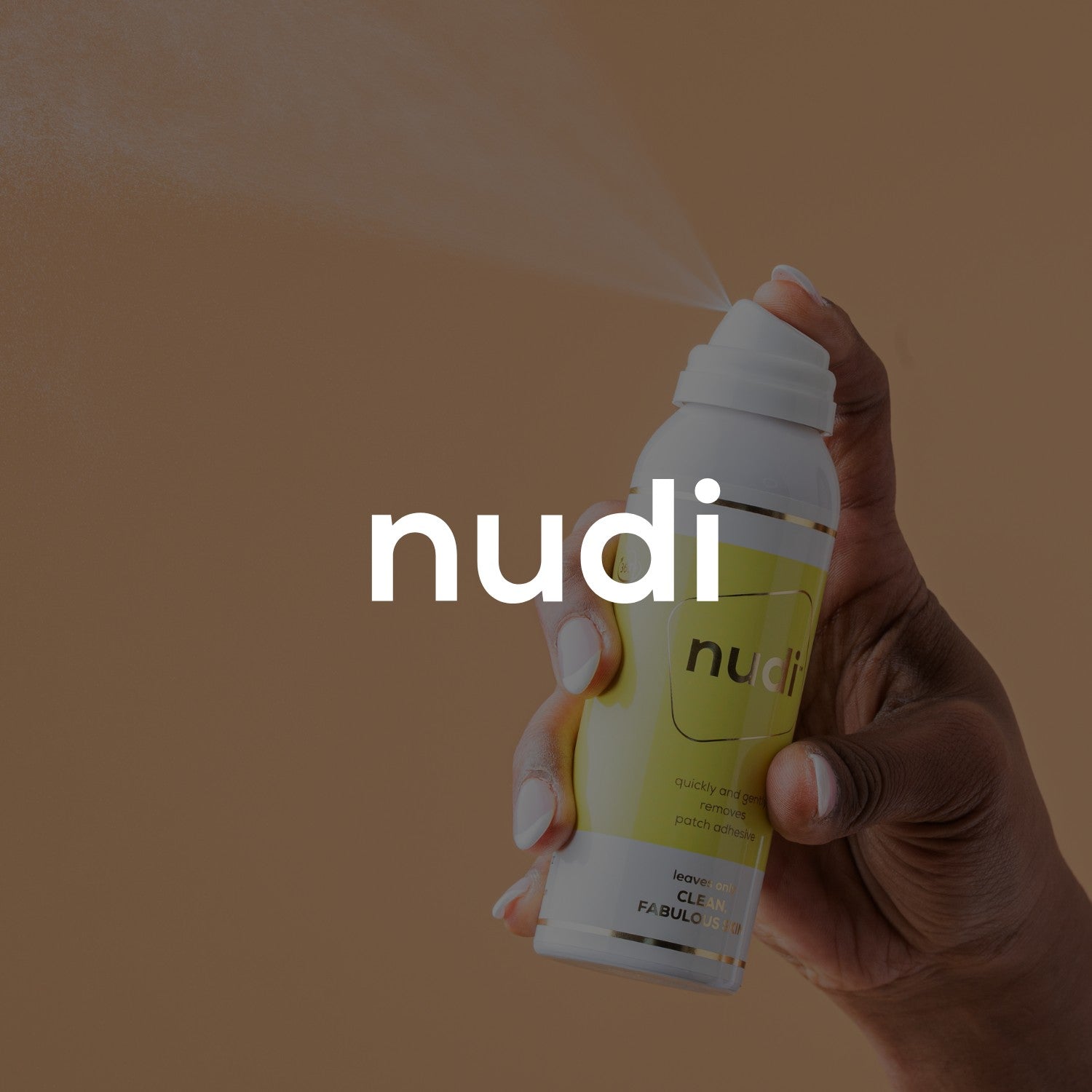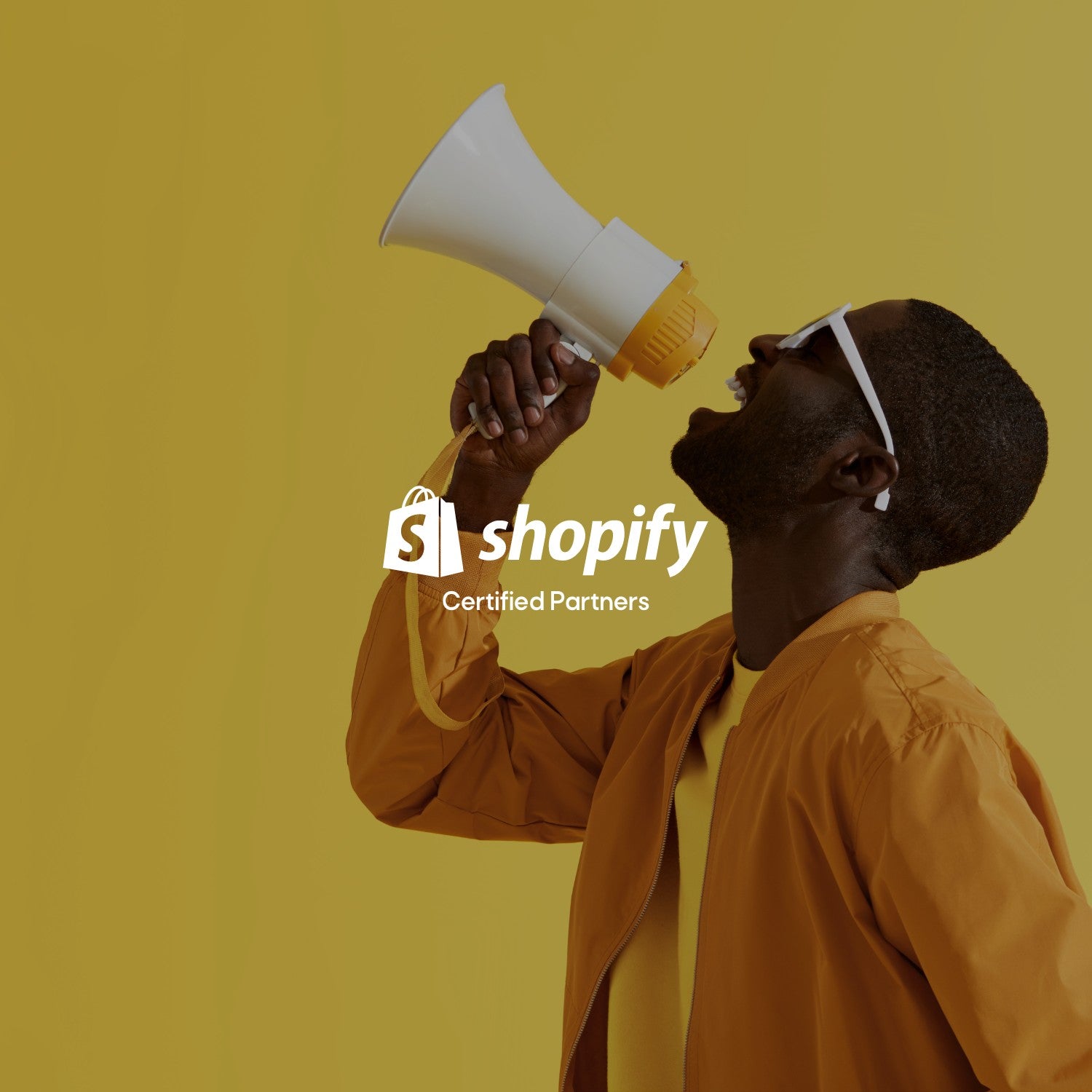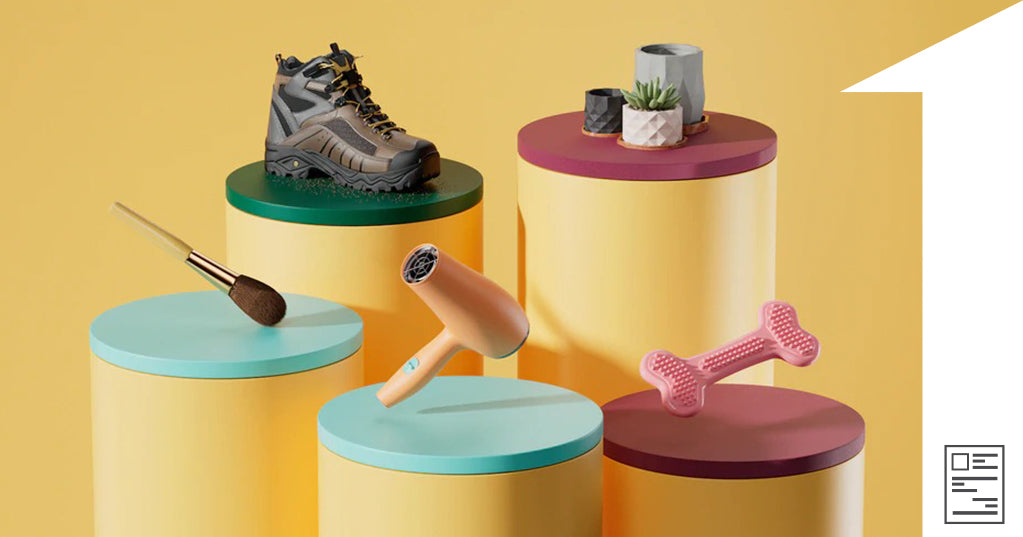According to a recent survey, 88% of marketers feel that a distinct brand voice helps their business create better connections with customers.
A customer that feels connected to a brand is often loyal to that brand. That can result in repeat sales and word-of-mouth recommendations. This means you’ll need to spend less time and money on acquiring fresh customers—and convincing them to convert.
We detail what a brand voice is and why it matters, and explain how to find yours—so you can develop the personality that will help you turn first-time customers into loyal fans.
What is a brand voice?
Brand voice is how a brand speaks to its audience. It’s the personality behind the business and a persona the brand projects. If you spoke to a brand’s voice, you’d know if it would give a sassy, humble, supportive, or snarky response.
In many ways, a brand’s voice sits at the core of the relationship customers have with a business. It fosters connection and community, and can even instill more confidence in a brand’s products.
Just like the personality of a close friend or acquaintance, a compelling brand voice feels as unique as the business it belongs to. It’s an easily recognizable identifier that emulates the main goals and values of the business.
The brands that speak to everyone speak to no one.
For example, Chipotle’s brand voice is fun, confident, and sassy—and it sets it apart from other fast food joints that serve similar eats.
As you develop your own brand’s voice, consider the relationship you want your brand to have with your customers. Is it a friend, confidant, hype person, esteemed colleague, industry expert, scientist, sibling, or parent?
🔠 A quick note about brand voice and tone: Brand voice is the overall personality your business takes on. Tone, on the other hand, is the emotions and inflections of that voice. While brand voice remains consistent throughout the life of a brand, tone changes to reflect the present situation.
Why brand voice matters
“The brands that speak to everyone speak to no one,” says Morgan Brown, Shopify’s VP of Marketing. “Whether brand differentiation means what the brand stands for, the way the product is made, or the way they engage their audience, consumers are looking for differentiated experiences and brands they can connect to.”
Developing a brand voice sets your business apart from the competition—even if you exist in similar product categories or sell the same items. It can influence how consumers perceive your business, build trust, create connection, or allow people to easily identify your voice amongst the noise.
Influences perception
You’ll want your brand to have a positive reputation overall, but brand voice also has a hand in exactly how it’s perceived by consumers. Your brand might be known for its methodical research, eco-friendly ingredients, or inspiring slogan. This perception is augmented by the way your brand’s voice positions you in the market.

For example, Adidas uses its brand voice to inspire consumers. In Adidas apparel, it hints, customers can overcome the impossible.
Sparks recognition
We all know the Nike swoosh and “Just do it” slogan. In fact, the slogan has become just as recognizable as the Nike logo and name. Anywhere, any time consumers see that slogan, there’s the instant awareness and recognition that the ad belongs to Nike. While this is true for the slogan, it’s also true for the brand’s larger aspirational voice.

Builds trust
Whether you determine your brand’s voice to be sassy, supportive, or serious, it always needs to act as a vehicle to build trust with your customers. You don’t want to be labeled as the goofy friend that never follows through. Instead, use your voice, whatever personality it has, to reassure customers that you’ll stay true to any promises and truly are what you say you are.
Creates connection
A connection with your brand is what keeps customers coming back for more. For example, customers might feel a connection to brands that share similar values to them. A customer might subscribe to a business that produces recycled paper products because of their commitment to sustainability. Or, a customer might be loyal to local, family-run businesses because they feel a direct connection to the owners. Your goal, even if you can’t speak directly to customers in a retail setting, is to make them feel like you are. How can your brand’s voice feel similar to your favorite barista at the local coffee shop?
How to uncover your brand voice: key exercises
1. Define your target audience
How you speak as a brand largely depends on who you’re speaking to.Before you start tinkering with the voice of your business, first you’ll need to define your target audience. For example, you wouldn’t speak to people in their 50s and 60s the same way you’d engage with Gen Z or you’d risk losing the trust and engagement of the customers most likely to buy from you.
A couple ways to identify your target audience are by:
- Doing post-purchase surveys
- Analyzing Google Analytics data
- Doing industry research
- Conducting competitor analysis
2. Find existing brands or people you like
If your brand voice could be the blend of two existing brands, celebrities, fictional characters, or public figures, what or who would that be?
For example, you might be building a brand that sells rare plants online, and through your research you’ve discovered your target audience. Based on that information, you decide you want to sound like a mix between Trader Joe’s market and Friends character Phoebe Buffay. Now that you have that information, you’ll do some written explorations. We’ll talk more about that below.
3. Get your creative juices flowing with writing exercises
You have the ingredients to create the ideal brand voice blend. Through some fun writing exercises, we’ll mix two identities together and add any additional ingredients to come up with the right voice for your business.
First, write down the entities you’ve chosen at the top of a blank page. With that in mind, answer these questions.
- What words would you use to describe your new-found brand voice? Sassy, even, smart, helpful, funny, inspiring, strong?
- If your brand was a person, how might they act at a dinner party? Would they be the loudest person in the room, the scholar summarizing a recent lecture, the host, the one scrutinizing everyone’s outfits?
- Write 250 words about your brand with this new personality in mind. How would these voices mix together? What types of words and phrases would your brand’s voice use to describe your products, your mission, or your goals?
- How would your brand caption a product-focused social media post? Write out the copy you think fits within the new brand personality you’ve created.
- Write an abandoned cart email using your new brand voice. How would you convince someone to come back to take another look?
If you’re satisfied with the new understanding you have of your brand’s voice, move on to the next step. If you still need some exploration, try writing your About Us page in your brand’s voice. This page is the place where your brand’s personality can shine the most, and it should help you better define how you’d like to sound.

Creating a style guide for your brand voice
Now that you have a more solid understanding of what your brand voice looks like, it’s time to build a style guide to reflect it. Your style guide not only reminds you what your personality is, but it serves as a map for new employees, freelancers, and business partners when they need to write like your brand or gain a deeper understanding of it. Here’s how to create one.
1. Find a place to build your style guide
The biggest requirement here is that you can quickly and easily share your style guide with others. Google Docs and Notion are great places to start.
2. Share your mission statement and values
What are the goals, aspirations, or work you want to accomplish as a business? Communicate your mission statement, values, and vision for your brand at the top of your style guide. This serves as a level-set for anyone looking to understand the personality of your business.
3. Consider how you want your customers to feel
This is your opportunity to share how you’d like customers to feel any time they engage with your brand. Do you want to be the smart friend who shares advice? The college professor? The silly best friend who always wants to have a good time? You should already have this information from the writing exercise we did earlier. Write out that information and include the reaction you’d like customers to have.
For example: “Our voice is the snarky friend who has a comeback for everything and can cheer anyone up in a pinch. We’d like customers to feel happy, uplifted, and in a better mood anytime they engage with us.”
4. Make a sounds-like, doesn’t-sound-like chart
Sometimes the best way to get across how you’d like to sound is to share how you don’t want to sound. Creating a chart for how your brand’s personality sounds makes it even more clear to your team. In the document you’re using, create two sections, one that includes what your brand sounds like, and one with what it doesn’t sound like. Fill in the sections with bullet points that describe what your brand’s voice is and what it’s not. For example:
✅ As a brand, our voice seeks to be:
- Warm, encouraging, and supportive. We’d like customers to walk away feeling like we understand them and have their backs.
- Kind, but not effusive. We’re the friend you ask for support, but we’re not over-the-top about it.
🚫 As a brand, our voice is not:
- Condescending. We’re here to give you advice about how our products will support your lifestyle, but we’ll never talk down to you about it.
- Sassy or sarcastic. We’re even, steady, and nice, but we won’t crack jokes or make snarky asides.
5. Create a do and don’t section
Now it’s time to get even more granular. In your do and don’t section, you’ll detail how you’d like to sound during specific moments. How should your voice sound on product pages, checkout pages, social media posts, email blasts, newsletters, and text messages? Be sure to include any tone changes that also apply across these different channels.
6. Decide how you’ll handle grammar and mechanics
This section details how your brand handles punctuation, capitalization, spelling rules, contractions, bulleted and numbered lists, dates, currency, dashes, and more.
Keeping your brand voice consistent across platforms
As you develop content for your brand across different social media platforms, emails, SMS messaging, and your website, it can be challenging to keep it consistent. Different types of customers will visit different platforms, so how will your voice adapt while still remaining true to its core personality?
This is where tone of voice comes into play. Tone allows you the flexibility you need to meet customers where they are on different platforms.
For example, Girlfriend Collective changes its tone slightly from platform to platform to match the mood. In its welcome email, the brand uses the slogan, “Don’t make waste. Wear it.”

On Instagram, the eco-friendly messaging is the same, but the tone is more fun and uplifting: “A bunch of recycled old water bottles has never looked so good.”

Brand voice examples
Your brand voice might make up a big part of your brand’s personality. Or, it might be understated and strong. It could be fun and playful, or serious and well-reasoned. We pulled a range of voices so you can start to uncover where your brand best fits in.
Snarky
Your favorite sassy friend, personified into fun-loving brands.
Who Gives a Crap
Who knew that toilet paper could be a hoot? Who Gives a Crap uses a playful, snarky tone to make purchasing toilet paper a whole lot more fun. The brand grabs your attention with cheeky lines like, “Sure, we love puppies and sunny days and walks on the beach, but our real love is toilet paper.” Then, it uses that attention to educate its customers about sustainability and the lack of access to toilets for two billion people across the world.

Marine Layer
If Marine Layer was a person, it’d have a comeback for everything. The brand’s snarkiness is so well personified throughout its marketing communications and website that it feels like a person is actually communicating with you as you browse.

Because the brand feels like a pal, it’s easy to trust—and it makes for an incredibly enjoyable shopping experience.

Empowering
Words that inspire customers to become better versions of themselves.
Patagonia
Patagonia’s dedication to sustainability and activism is clear in the language across all of its marketing properties. In addition, its brand voice is consistent and strong, propelling its customers to get outside, join in on initiatives to save the planet, and get stronger, all while wearing Patagonia gear.

Almsthre
The Almsthre name is an abbreviation for “almost there.” It’s a representation of the drive and endurance that fuels the brand’s voice. Ever encouraging, Almsthre matches its brand voice to the mission of its product: to empower customers to get outside, do more, and go on great adventures.

Serious
Brands that use sincere language to support and guide consumers.
Private Stock Labs
You might sell products that have to work in order to protect your customers. In order to build up the heightened level of trust that people require to purchase your products, your brand will likely need to take on a more serious personality. Private Stock Labs is one of those businesses, selling KN95 and four-ply protective masks. Its language is serious and reassuring, citing the certifications and science that back its products.

Molekule
Molekule, a business that sells air purifiers, also takes on a more serious brand voice. Sophisticated, confident, and backed by science, certifications, and research, Molekule positions itself as a trustworthy, high-quality, impactful brand.

Thoughtful
These brands take extra care in the way they talk about their products.
Raen
Handcrafted sunglasses by Raen are made with the utmost care, according to the language the San Diego–based brand uses on its website. The mindfulness with which the brand crafts its products and its copy go a long way toward ensuring that shoppers feel equally as confident when making a purchase.

Open Farm
Open Farm makes high-quality human-grade food for dogs and cats. The company takes great care in sourcing and procuring the ingredients for its products, and its brand voice reflects that thoughtfulness. This creates a really well-rounded brand experience, where the voice of the company mirrors its goals and values.

Relatable
Sometimes the best brand voice is your own. These entrepreneurs are the face and voice of their businesses.
Oxbow Designs
Seeing a note from the founder of a business goes a long way toward humanizing a brand. It allows people to feel more connected to your business by understanding why you care. Oxbow Designs, a jewelry shop run by Maggie Rogers Kyle and her pup, Harper, does a great job of this. On Instagram, Maggie posts product snaps and pictures of Harper, bridging the gap between her and her customers.

Fewer Finer
Madison Snider of Fewer Finer is active on Instagram Stories daily, sharing videos of new vintage jewelry pieces, recommending products, and showing snapshots of her day. The voice of the company is hers, allowing shoppers to feel even more connected to the brand, especially if they’re collaborating on major purchases, like engagement rings or wedding bands.

Brand voice determines your brand’s personality
As you develop your brand’s voice, remember that it’s a core part of your business’ personality online. This is the basis of how you speak with customers and how you make them feel, and can influence why they trust you and your business.













